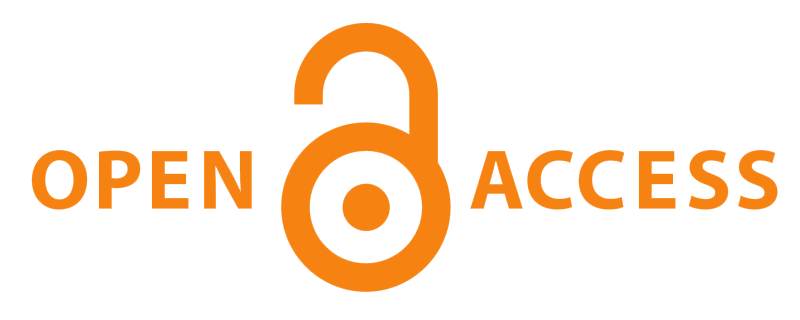Akustische Phänomene im dolmetscherunterstützten psychiatrischen und psychotherapeutischen Gespräch
DOI:
https://doi.org/10.57974/Re:visit_2022_1.14Keywords:
therapeutic conversation, paraverbal communication, interpreting, voice and speech features, speech analysis softwareAbstract
The aim of this paper is to investigate interpreter mediated communication in psychiatric and psychotherapeutic conversations, in which acoustic voice and speech characteristics play a very important role. The key question is if and how an interpreter can and should render the paraverbal aspects of these conversations. The paper includes an overview of the research literature and a case study.
The overview of the research literature takes into account studies with a psychiatric and psychotherapeutic approach as well as interpreting research studies. Studies with a psychiatric approach particularly investigate acoustic voice and speech characteristics of the patients such as fundamental frequency, pitch variability and pauses as indicators of specific disorders. Psychotherapeutic communication-oriented studies not only investigate voice and speech characteristics of the patients but also those of the therapists. The focus is on the paraverbal communication between the patient and the therapist who both are senders as well as recipients of paraverbal signals. In interpreting studies, there has as far been little research on the interpretation of paraverbal characteristics in general, and in a psychiatric or psychotherapeutic setting in particular. The question whether interpreters have to render the emotions of the speaker, and if so, how they should do it, has not been answered clearly. Neither the codes of ethics nor the international standard (ISO 13611) include guidelines in this regard. The research literature provides different opinions, and it can be concluded that it is extremely important that interpreters have learned to take in whatever setting decisions based on ethical values and quality-related principles.
Against the background of the existing research literature, the case study presented in this paper aims to gain better insight in the work context of an interpreter and in the requirements, she must fulfil. The fundamental question is: How do the paraverbal signals of the patient and the therapist impact on the interpreter and how does the paralanguage of the interpreter impact on the patient, the therapist, and the therapeutic relationship?
The analysis is based on the transcription of an audio and video recorded interpreter mediated psychotherapeutic consultation. It differs from previous studies in two respects. First of all, the transcribed consultation is a complex one because other than the patient and the psychologist, also the father and stepmother of the patient participate, and they do so via skype instead of live. Second, a series of turns has been analysed by means of the speech analysis software program Praat that already has been used in psychiatric research and in simultaneous interpreting studies (e.g. Barbara Ahrens), but to my knowledge not in bilateral community interpreting studies.
The analysis first deals with the acoustic phenomena of the consultation, such as pauses, (un)intelligibility, and overlap but also disturbing noise. Thereafter, the focus is on the verbal and paraverbal performance of the interpreter. The Praat-spectrograms show how different emotions of the patient are reflected in voice features. The spectrograms also allow to compare the paraverbal features of an interpretation with those of the original utterance of the patient and the psychologist. In this case study, the comparison leads to the conclusion that the interpreter adapts voice and speech to the emotional and linguistic situation. Working with speech analysis software opens new research perspectives that may contribute to lay down criteria for the training of interpreters and therapists.
Downloads
Published
Issue
Section
License
Copyright (c) 2022 Leona Van Vaerenbergh

This work is licensed under a Creative Commons Attribution 4.0 International License.






